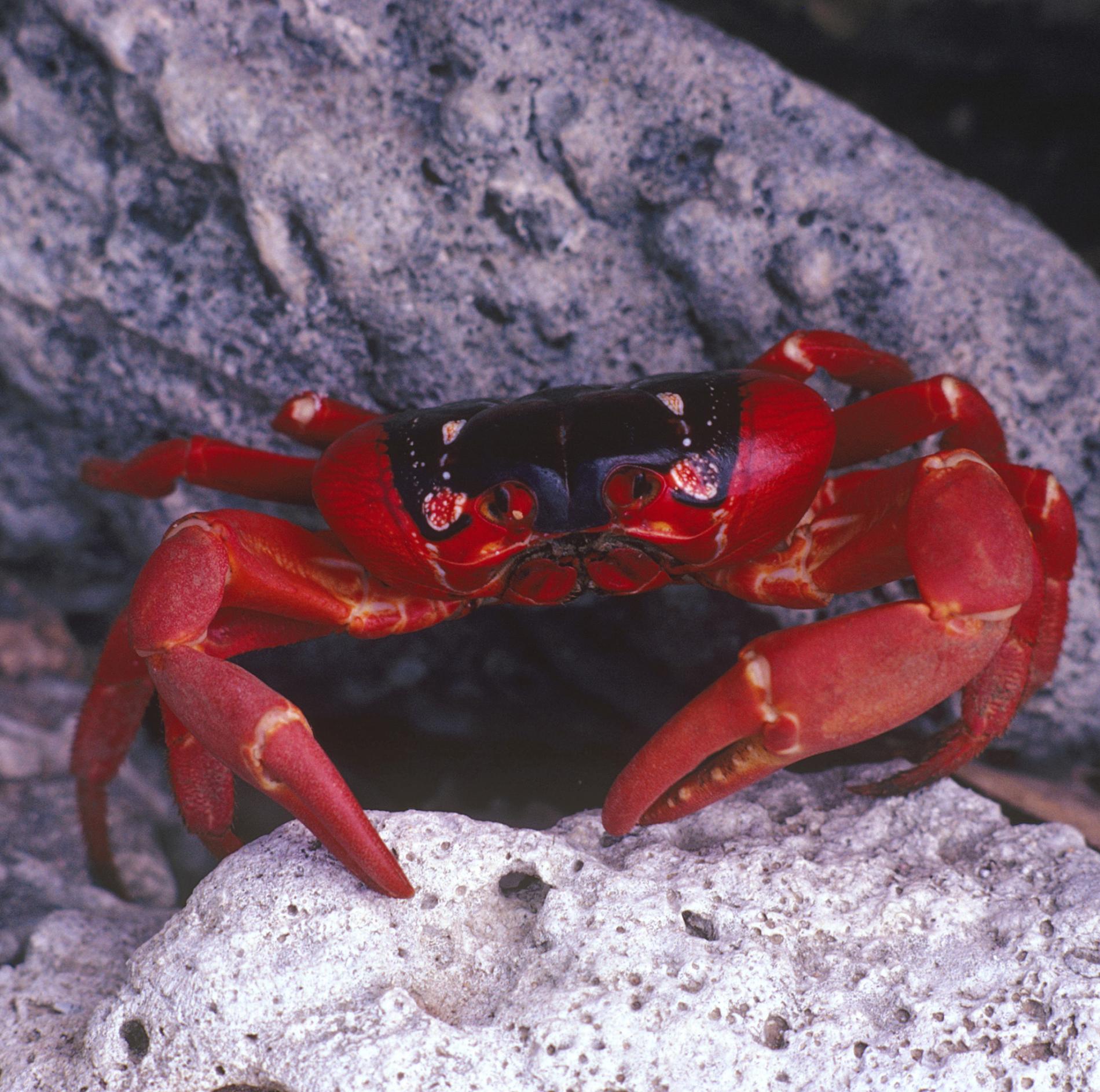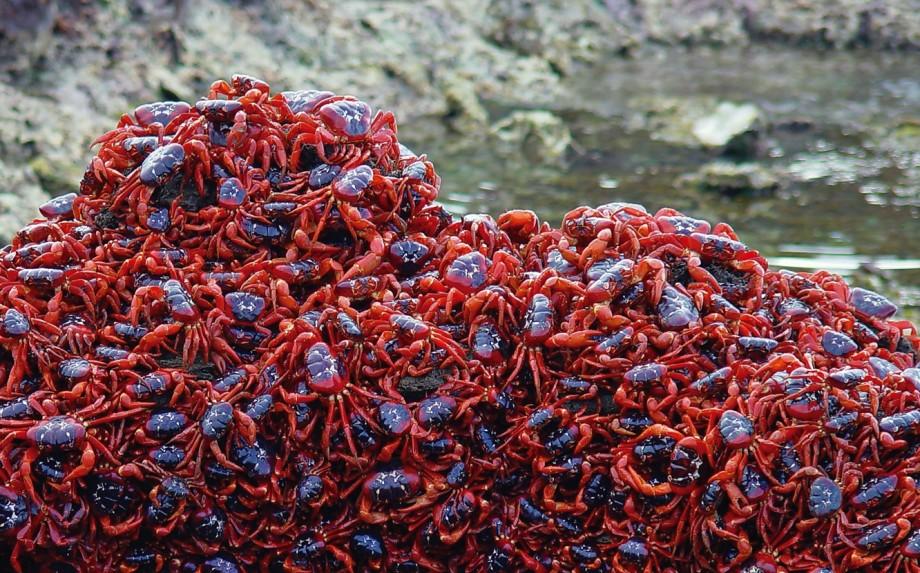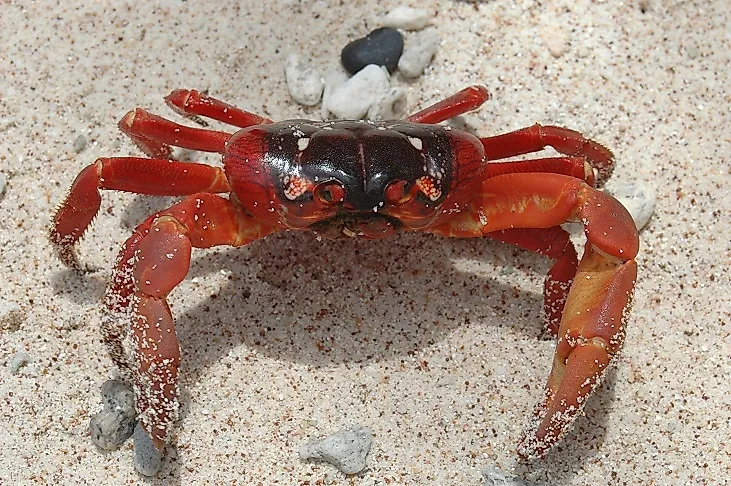Christmas Island Red Crab Facts 2024: An In-Depth Exploration of a Unique Species
Related Articles: Christmas Island Red Crab Facts 2024: An In-Depth Exploration of a Unique Species
- Christmas Images Free Download Wallpaper 2024: Celebrate The Festive Season With Stunning Visuals
- Christmas Images Santa 2024: A Festive Collection
- Christmas Images Of Peace On Earth 2024
- Christmas In July 2024: Festive Activities Near You
- Christmas Images Ho Ho Ho 2024: Festive Cheer And Holiday Spirit
Introduction
In this auspicious occasion, we are delighted to delve into the intriguing topic related to Christmas Island Red Crab Facts 2024: An In-Depth Exploration of a Unique Species. Let’s weave interesting information and offer fresh perspectives to the readers.
Table of Content
Video about Christmas Island Red Crab Facts 2024: An In-Depth Exploration of a Unique Species
Christmas Island Red Crab Facts 2024: An In-Depth Exploration of a Unique Species

Introduction
Christmas Island Red Crab (Gecarcoidea natalis) is an iconic species found exclusively on Christmas Island, an Australian territory located in the Indian Ocean. Known for their vibrant red coloration and spectacular annual migration, these crabs have captured the attention of scientists and nature enthusiasts alike. As we approach 2024, let’s delve into the fascinating world of Christmas Island Red Crabs, exploring their unique characteristics, behavior, and conservation status.
Physical Characteristics
Adult Christmas Island Red Crabs typically measure between 11 and 15 centimeters (4.3 to 5.9 inches) in carapace width, with males being slightly larger than females. Their most striking feature is their bright red coloration, which is caused by the presence of carotenoid pigments in their exoskeleton.
These crabs have a robust body with a smooth, domed carapace. Their legs are long and slender, with sharp claws for grasping and climbing. Their eyes are located on short stalks, providing them with a wide field of view.
Behavior and Life Cycle
Christmas Island Red Crabs are primarily nocturnal, spending their days in burrows or under dense vegetation to avoid dehydration. At night, they emerge to forage for food, which consists mainly of fallen fruits, leaves, and decaying plant matter.
The crabs’ most famous behavior is their annual migration, which occurs during the wet season (October to December). During this time, millions of crabs, both males and females, embark on a journey from the rainforest to the coast to breed. The spectacle of countless red crabs marching across the island’s roads and beaches is a sight to behold.
After mating, the female crabs lay their eggs in burrows near the ocean. The larvae hatch and spend several months in the ocean as planktonic organisms. When they reach a certain size, they return to land and begin their life cycle as terrestrial crabs.
Ecological Significance
Christmas Island Red Crabs play a vital role in the island’s ecosystem. As scavengers, they help decompose organic matter and recycle nutrients back into the soil. Their burrowing activities aerate the soil and create microhabitats for other organisms.
Furthermore, the crabs are an important food source for various predators, including birds, reptiles, and feral cats. Their annual migration also attracts tourists from around the world, contributing to the island’s economy.
Threats and Conservation
Despite their ecological importance, Christmas Island Red Crabs face several threats, including:
- Habitat loss and degradation: Deforestation and mining activities have reduced the availability of suitable habitat for the crabs.
- Introduced species: Feral cats and rats prey on the crabs and their eggs.
- Climate change: Rising sea levels and changes in rainfall patterns can disrupt the crabs’ migration and breeding cycles.
Conservation efforts are underway to protect Christmas Island Red Crabs and their habitat. These include:
- Habitat restoration: Reforestation and revegetation projects aim to increase the availability of suitable habitat for the crabs.
- Predator control: Programs to control feral cats and rats are in place to reduce predation.
- Monitoring and research: Scientists continue to monitor the crabs’ population and behavior to inform conservation strategies.
Conclusion
Christmas Island Red Crabs are truly a unique and fascinating species. Their vibrant coloration, spectacular migration, and ecological significance make them a treasure of the natural world. As we approach 2024, it is crucial to raise awareness about the threats facing these crabs and to support conservation efforts to ensure their survival for generations to come.


:max_bytes(150000):strip_icc()/GettyImages-144804688-9f690c3f0e0e4590b2d3a9212b08cdc5.jpg)





Closure
Thus, we hope this article has provided valuable insights into Christmas Island Red Crab Facts 2024: An In-Depth Exploration of a Unique Species. We hope you find this article informative and beneficial. See you in our next article!
